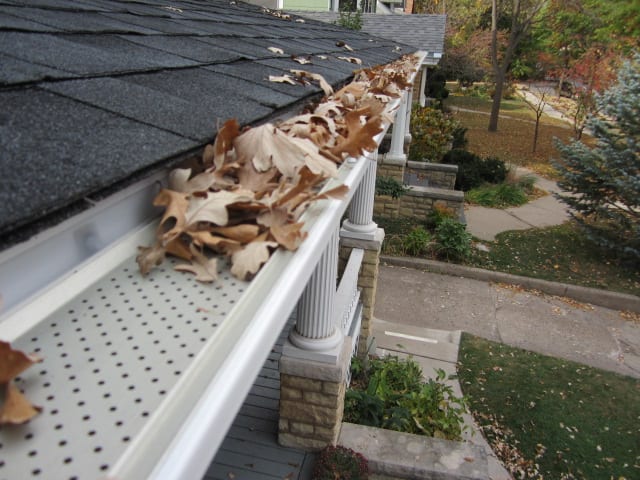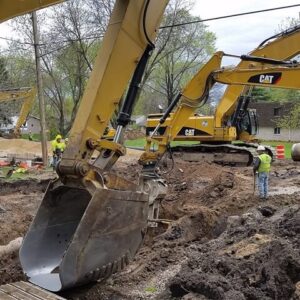Your home’s rain gutter, downspout and drainage system are just one of one of the most vital products to preserve. A large portion of water damages we see on our customers’ homes would not occur with an appropriately working gutter system. Therefore, to protect the wellness of your residence, we first need to comprehend exactly how the gutters lost water far from the home and also what happens when we postpone seamless gutter cleaning as well as gutter repairs.
Throughout a rainstorm, a common household roofing will need to lose hundreds, if not thousands of gallons of water. In wet areas of the nation like Ohio, rain gutters are a required to carry roofing drainage securely away from the house. Considered that the majority of homes in Cincinnati have cellars, falling short to direct water away from the soil promptly adjacent to the house’s foundation is an almost certain invitation to a wide variety of basement moisture-related issues.
Therefore, a correctly operating gutter system is not only necessary for preventing damages to the lower part of the roof covering, fascia as well as soffit components, yet preventing other expensive home repair work.
Exactly How Gutters Work
Right here is exactly how a common rain gutter system features. When water departures the side of the roofing system, it drops right into a rain gutter that is either built in to the side of the roof (i.e. a “box rain gutter”) or a gutter connected to a board that runs the length of the roof covering (i.e. a “fascia board”).
A properly set up rain gutter system will certainly also include drip edge to ensure that all the water goes into the rain gutter, instead of leaking out into various other locations of the surrounding soffit. Each rain gutter functions as a trough to collect the water as well as network it to toward a downspout. As a result, each gutter needs to have adequate slope toward the downspout to stop “merging.”.
The seamless gutter downspout normally carries the water to the ground level where it generally goes into a drain system. While there are various types of drain systems used in property construction, they all have the very same objective. Particularly, to eliminate water from the dirt adjacent to the house’s structure.
Large amounts of water near the structure can create a plethora of pricey issues. Some these problems consist of dirt disintegration, cellar water leakages, sump pump failing, damages to cellar wall surfaces from hydrostatic stress, too much cellar and/or crawl space moisture as well as wood rot. Find good gutter cleaning companies in this link.
What Happens if You Do Not Clean Your Rain Gutters.
Failing to clean your seamless gutters will create your seamless gutter system to back up-rapidly! Photo in your mind a gutter loaded with leaves. Now imagine a rain tornado that fills up rain gutter with water. As the water flows towards the downspout, it will certainly begin to lug fallen leaves and debris with it. Quickly, the downspout will end up being clogged up and also the water in the gutter will back up.

When water supports in a seamless gutter full of debris, numerous negative points can occur. If the rains suffices, the gutter will circulation, sending out water straight to the ground-eroding dirt near the structure, ruining the landscape listed below and also soaking the soil near the foundation wall triggering basement leaks and water damage. Overruling seamless gutters can likewise send water back right into the soffit-causing wood rot in the fascia location and water damages on the inside of the residence also.
Even if the gutter does not overflow, water pooling in the gutter, combined with a big quantity of leaves will develop into a problem also. The fallen leaves, sticks as well as various other natural product will certainly break down and combine with the regular asphalt granules that run off of a common domestic roofing. This mix forms a rough, mud-like sludge that lines the seamless gutters and also downspouts. This sludge then functions its method into downspouts and also drains, completely obstructing any kind of more water passage. Usually, the only means to settle such clog is to dig up the drainpipe as well as replace it.





